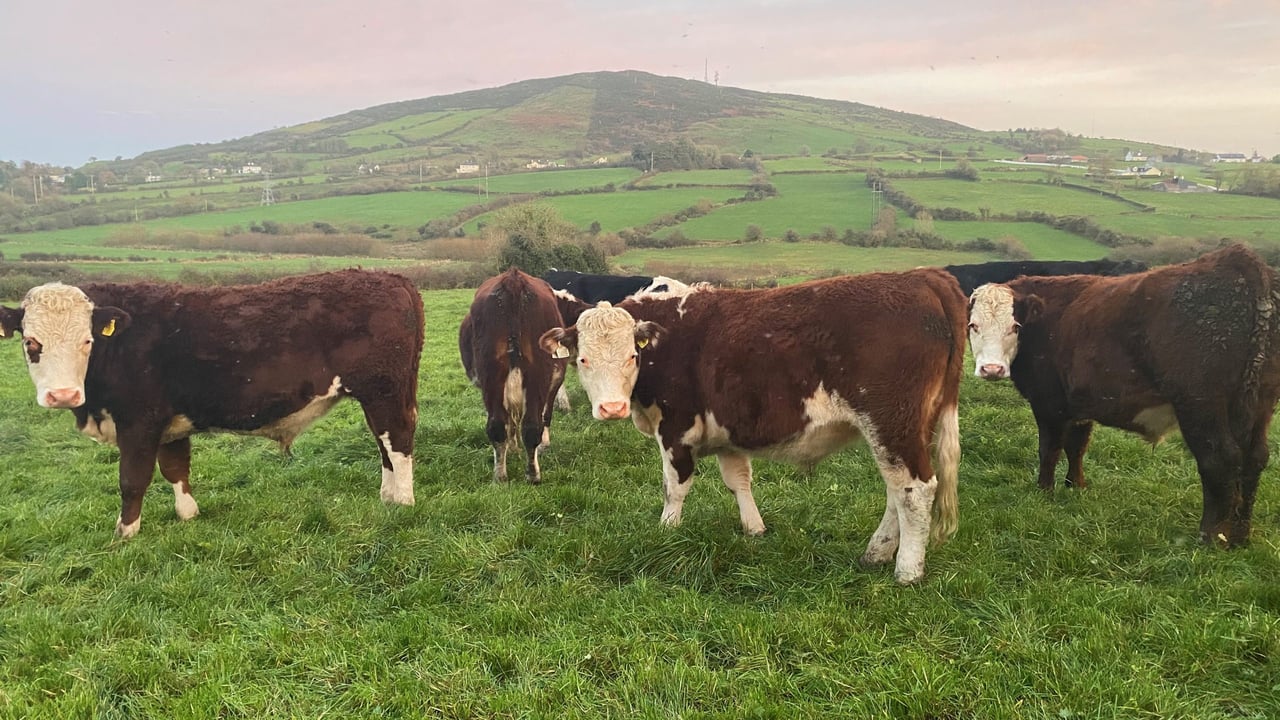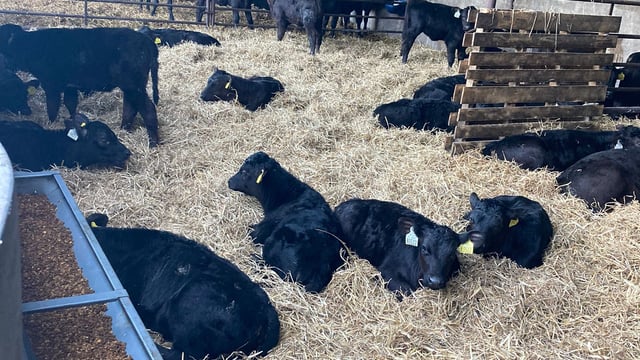Should cattle be dosed for worms before going to grass?
One question on farmer's minds as the 2025 grazing season gets underway in drier parts of the country is whether cattle should be dosed for worms before going to grass?
Weather conditions have been relatively dry so far this month and grazing has already commenced in several parts of the country with drier land, with more farmers hoping to get started soon enough.
Ahead of the 2025 grazing season, Animal Health Ireland (AHI) is advising farmers to consider how parasites are managed on their farm and suggested that farmers should put an animal health plan in place with their vet that includes parasite management.
According to the AHI parasite control team, cattle are unlikely to need any wormers at turnout if they were effectively dosed at housing.
In the case that cattle were not treated effectively for worms at winter housing, and a worm burden is present, dosing before turnout will reduce the risk of eggs being shed onto the pastures.
Liver fluke is worth extra consideration, as last year saw the first increase in years, which AHI has said is "probably from the favourable weather conditions".
After infection, it takes up to 12 weeks for liver fluke eggs to be detectable in the dung and treatments need to be timed correctly depending on the product used.
The AHI advice is for farmers to take dung samples to check for liver fluke. This will verify if fluke treatments were effective and ensure animals don’t shed eggs onto pastures when turned out.
Depending on the parasite disease risks on your farm, strategic treatments soon after turnout might be needed but the AHI parasite control team warned that treating parasites early in the season when pasture contamination by parasite eggs and larvae is low can be a risk for the development of wormer resistance.
If farmers are concerned about internal parasites in cattle, it is always best to consult with their vet.
Another factor to consider is focusing on the pasture risk and avoiding grazing susceptible animals such as calves and lambs on high-risk areas which can help reduce the need for treatments.
According to AHI, eggs and larvae can survive over winter and farmers should consider using high-risk fields for silage or adult animals early in the season, allowing extra time for the eggs and larvae on the pastures to die.





